Top 10 Largest Organs in Human Body
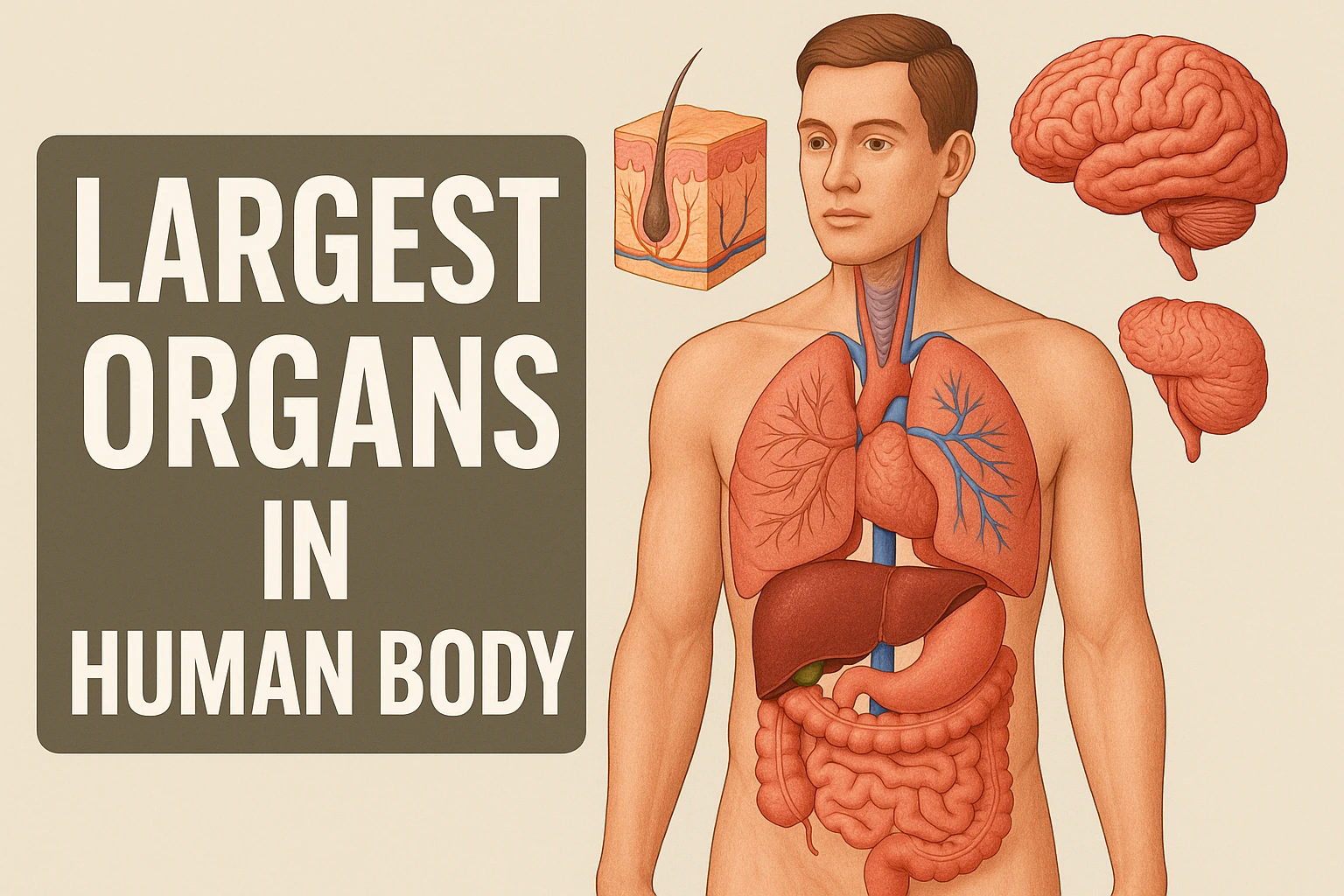
A human body is one of the most complex biological system. It’s mainly composed of 75-80 organs. These organs are collectively called the organ system. These organs are most important — they keep us alive. In this article, we will discuss the top 10 largest organs in the human body. Also, we will discuss the primary functions of each of the organs.
Importance of Organs
Organs are the building blocks of the human body. They perform specific functions that are mandatory for our survival. They are responsible for maintaining homeostasis, growth, and reproduction.
Now, let’s talk about the top 10 largest organs in the human body.
Top 10 Largest Organs in Human Body
There are 75-80 organs in a human body. Here are the top 10 largest organs in human body:
- Skin
- Liver
- Brain
- Lungs
- Heart
- Kidneys
- Intestines (Small and Large)
- Muscles (as a system)
- Bones (Skeletal System)
- Pancreas
1. Skin - The Largest Organ in the Human Body

The skin is the body’s largest organ by surface area and weight. It covers an average of 1.5 to 2 square meters in adults and weighing about 3.5 to 5 kg. It serves as the body’s first line of defense against environmental threats such as bacteria, viruses, and physical injuries. Structurally, it consists of three layers: the epidermis, dermis, and hypodermis. These layers work together to regulate temperature, produce vitamin D, and provide sensory feedback. Skin also plays a critical role in maintaining hydration by preventing water loss. Constantly regenerating, it’s a dynamic organ that reflects internal health and responds rapidly to damage.
Learn more about the SI units of measurement in chemistry by reading our SI Units Table in Chemistry guide.
2. Liver
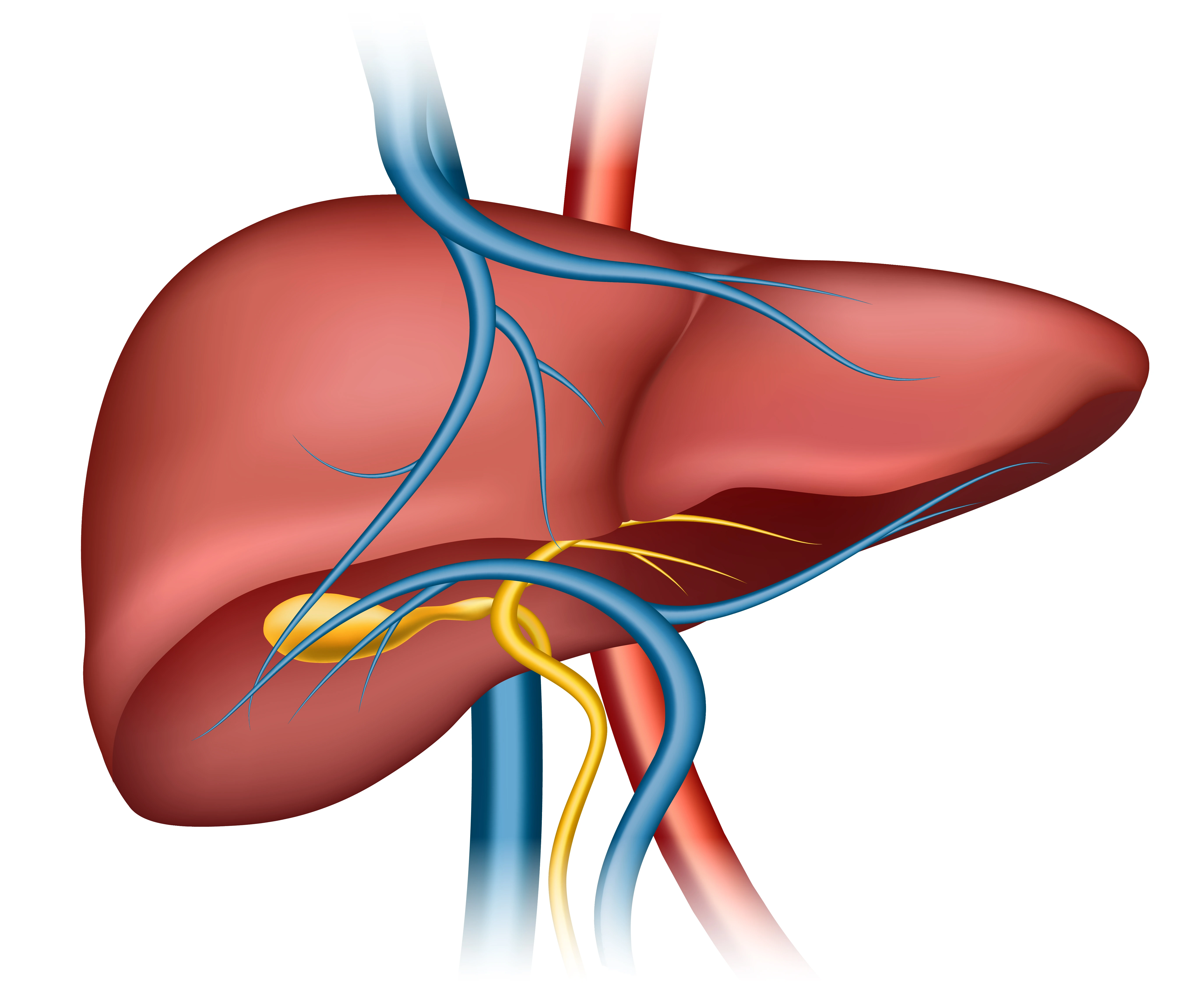
The liver is the largest internal organ and gland in the human body. It weighs around 1.4 to 1.6 kilograms in adults. It is located in the upper right abdomen, and performs over 500 essential functions. These include detoxifying harmful substances, producing bile to aid in digestion, regulating blood sugar levels, storing vitamins and minerals, and metabolizing fats, proteins, and carbohydrates.
The liver also plays a key role in blood clotting and immune function. It has a unique ability to regenerate itself even after partial surgical removal or damage. Its multifunctionality makes it indispensable to overall health and survival.
3. Brain
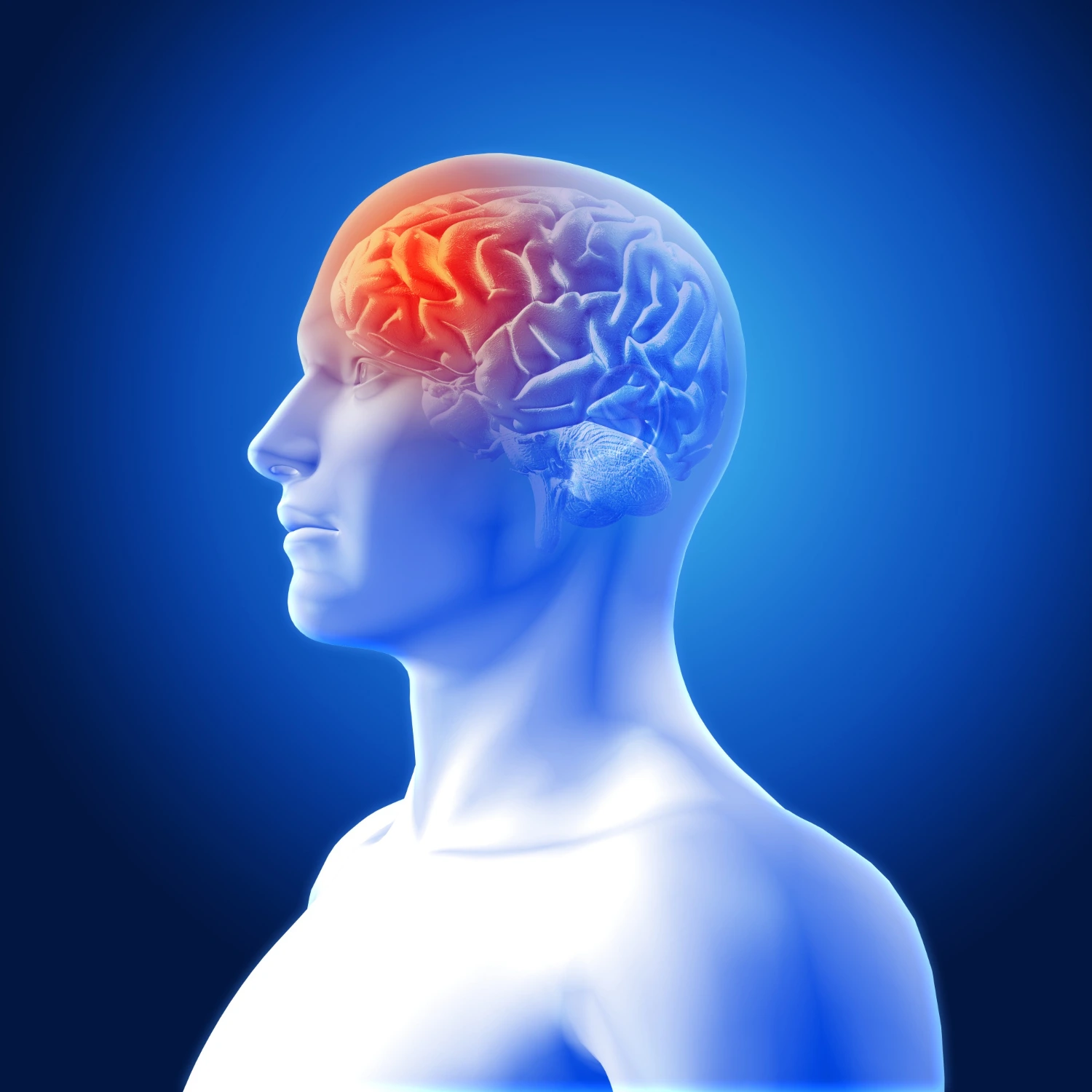
The brain, the most complex organ. It controls nearly every bodily function — from basic survival instincts like breathing and heartbeat to advanced capabilities like thinking, memory, language, creativity, and emotions.
It weighs about 1.3 to 1.4 kilograms, is the central organ of the human nervous system. The brain is divided into various regions, each responsible for different tasks: the cerebrum for thought and movement, the cerebellum for coordination, and the brainstem for vital automatic functions. It contains around 86 billion neurons that communicate via trillions of synapses. As the seat of consciousness and identity, the brain defines who we are.
4. Lungs
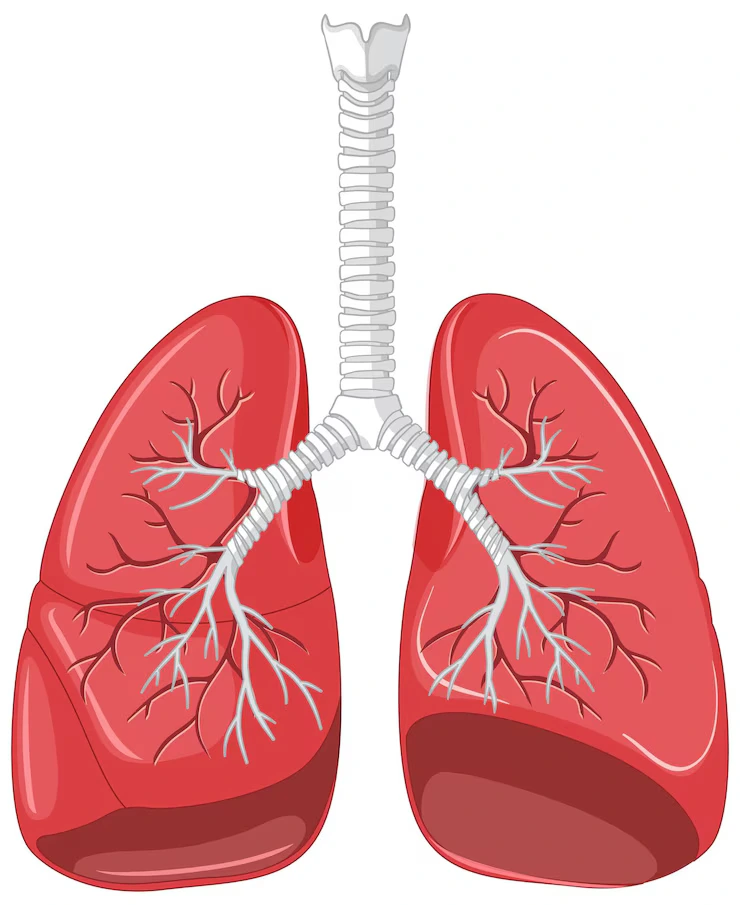
The lungs are a pair of spongy, air-filled organs located on either side of the chest (thorax), essential for respiration. They facilitate the exchange of gases—oxygen enters the bloodstream while carbon dioxide is expelled. Each lung is divided into lobes (three on the right, two on the left) and contains a vast network of airways and alveoli, where gas exchange occurs. Combined, they offer an internal surface area of around 70 square meters—roughly the size of a tennis court. Lungs also play roles in regulating blood pH and filtering small blood clots. They are vital to sustaining life and energy.
5. Heart
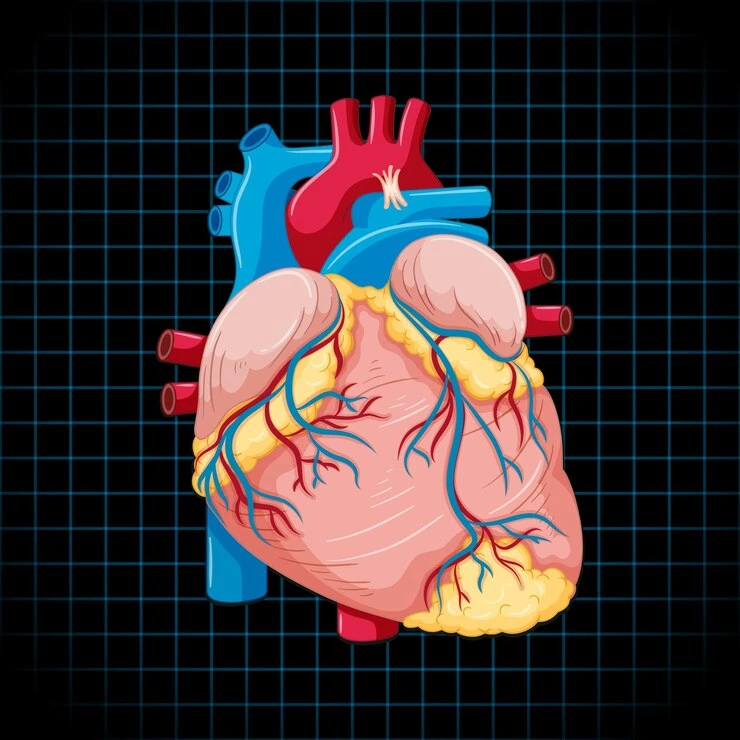
The heart is a muscular organ about the size of a fist. It weighs between 250–350 grams, and is the powerhouse of the circulatory system. It continuously pumps oxygen-rich blood to the body and returns deoxygenated blood to the lungs.
It is divided into four chambers—two atria and two ventricles. The heart beats roughly 100,000 times per day, moving around 7,500 liters of blood daily. The rhythmic contractions are controlled by electrical impulses, ensuring efficient circulation. It also plays roles in hormone transport and temperature regulation. A healthy heart is crucial for sustaining every cell in the body, making it an organ of utmost importance.
6. Kidneys
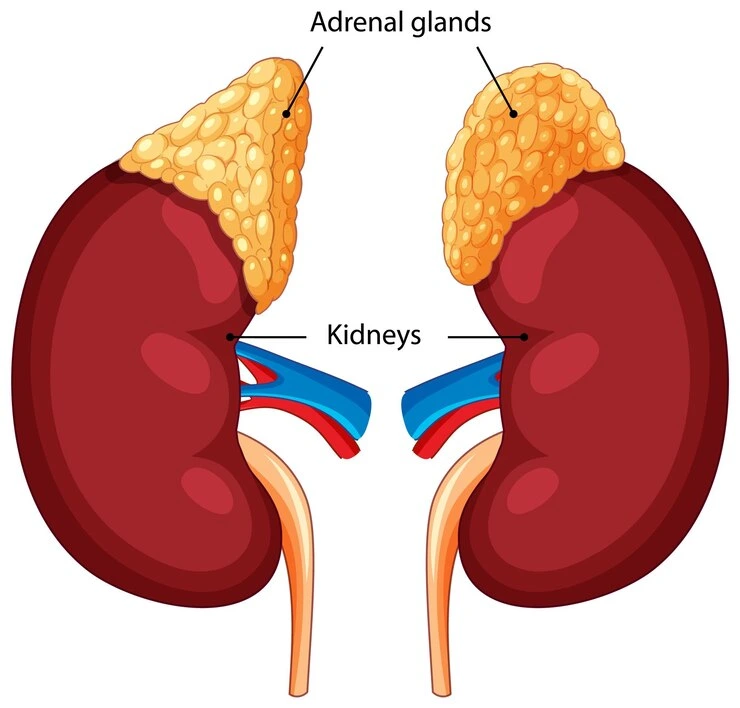
The kidneys are a pair of bean-shaped organs located on either side of the spine, just below the rib cage. Each kidney is about the size of a fist and weighs around 125–150 grams. Despite their modest size, kidneys perform critical filtration functions—processing about 50 gallons of blood daily to remove waste, excess fluids, and electrolytes, which are then excreted as urine. They also regulate blood pressure, produce hormones for red blood cell production (erythropoietin), and maintain acid-base balance.
Kidneys are essential for maintaining internal stability (homeostasis), and even small damage or dysfunction can lead to serious systemic consequences.
7. Intestines (Small and Large)
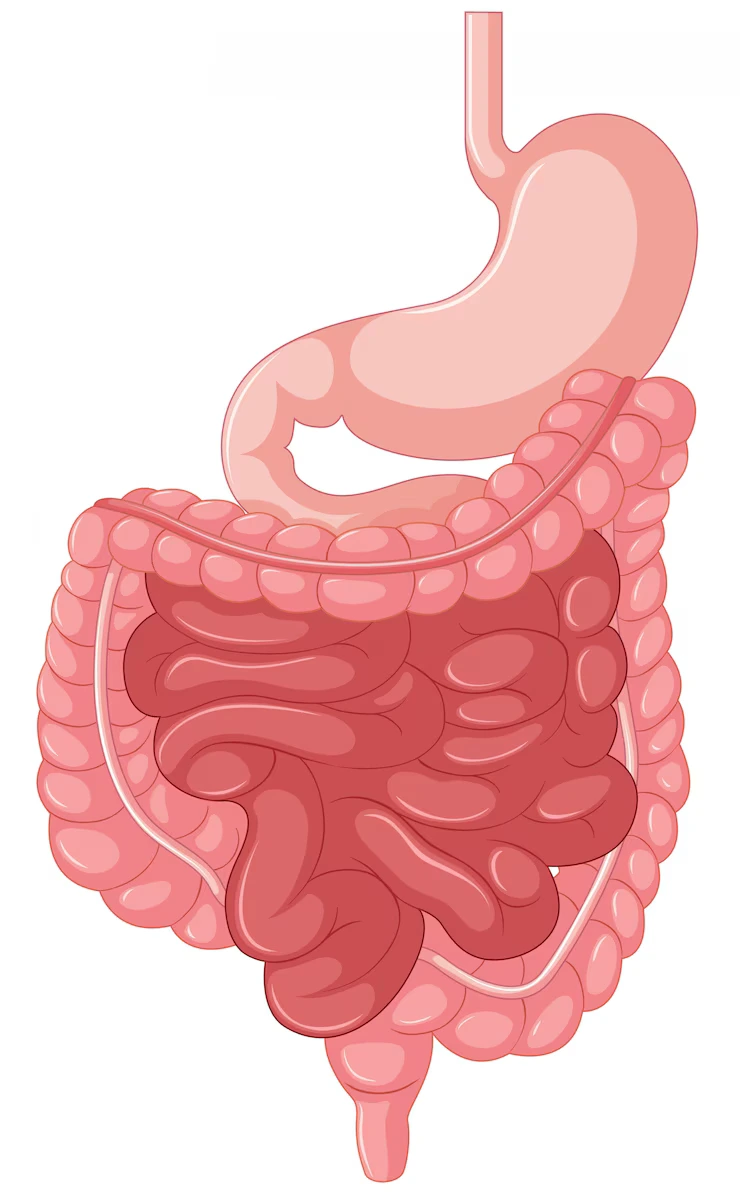
The intestines, comprising the small and large intestines, are the longest organs in the human body. The small intestine measures about 6 meters in length and is responsible for most nutrient absorption. It has three parts: the duodenum, jejunum, and ileum, each specialized in absorbing different nutrients.
The large intestine, around 1.5 meters long, absorbs water and electrolytes and compacts waste into stool. It includes the colon, rectum, and anus. Together, the intestines are essential to the digestive system, working to extract usable energy and nutrients from food while expelling waste. They also house trillions of beneficial microbes crucial for gut health.
Learn more about Elements 1 to 30 Symbols, Mass, Valency & Config guide.
8. Muscles (as a System)
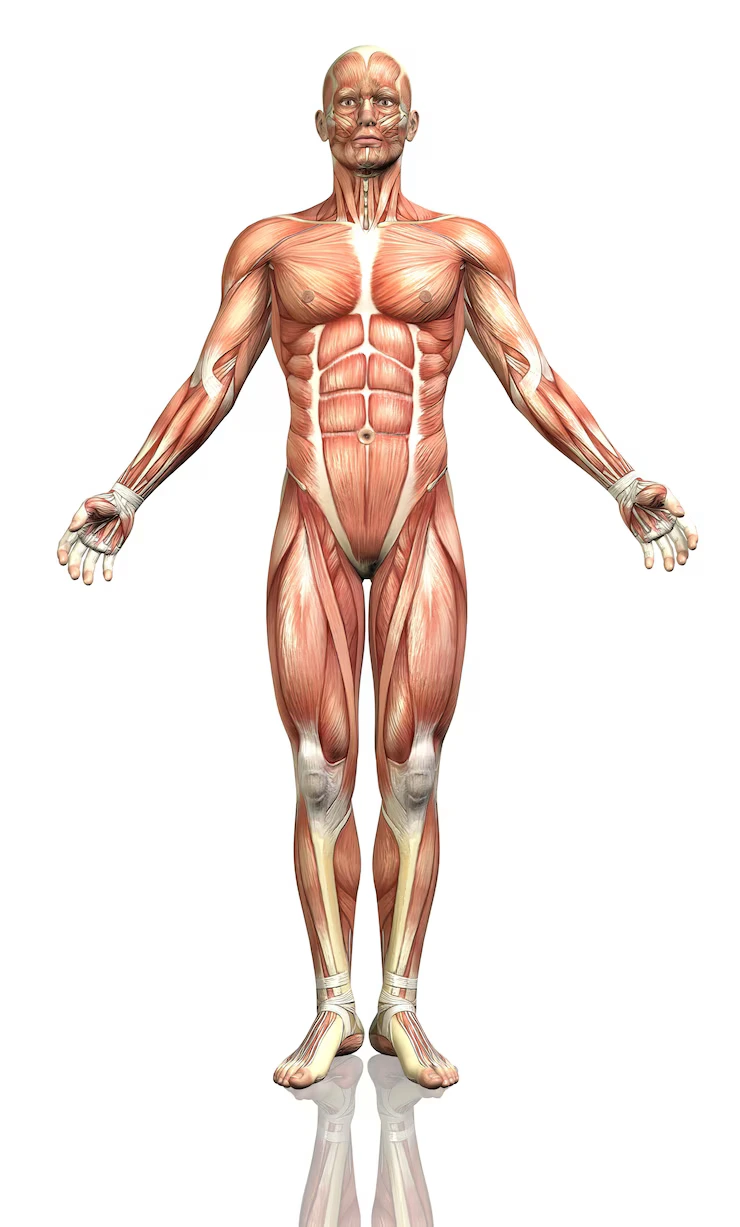
The muscular system comprises over 600 muscles and makes up roughly 40–50% of total body weight in adults. Muscles are classified into three types: skeletal (voluntary movement), cardiac (heart), and smooth (internal organs).
Skeletal muscles attach to bones and facilitate movement, posture, and balance. Muscles also produce heat during contraction, helping maintain body temperature. Besides motion, they are vital for respiratory functions (diaphragm movement), digestion (peristalsis), and even speech. Constantly adaptable, muscles grow stronger or weaker depending on activity levels. As a system, muscles are not just about strength—they are fundamental to nearly every bodily function.
9. Bones (Skeletal System)
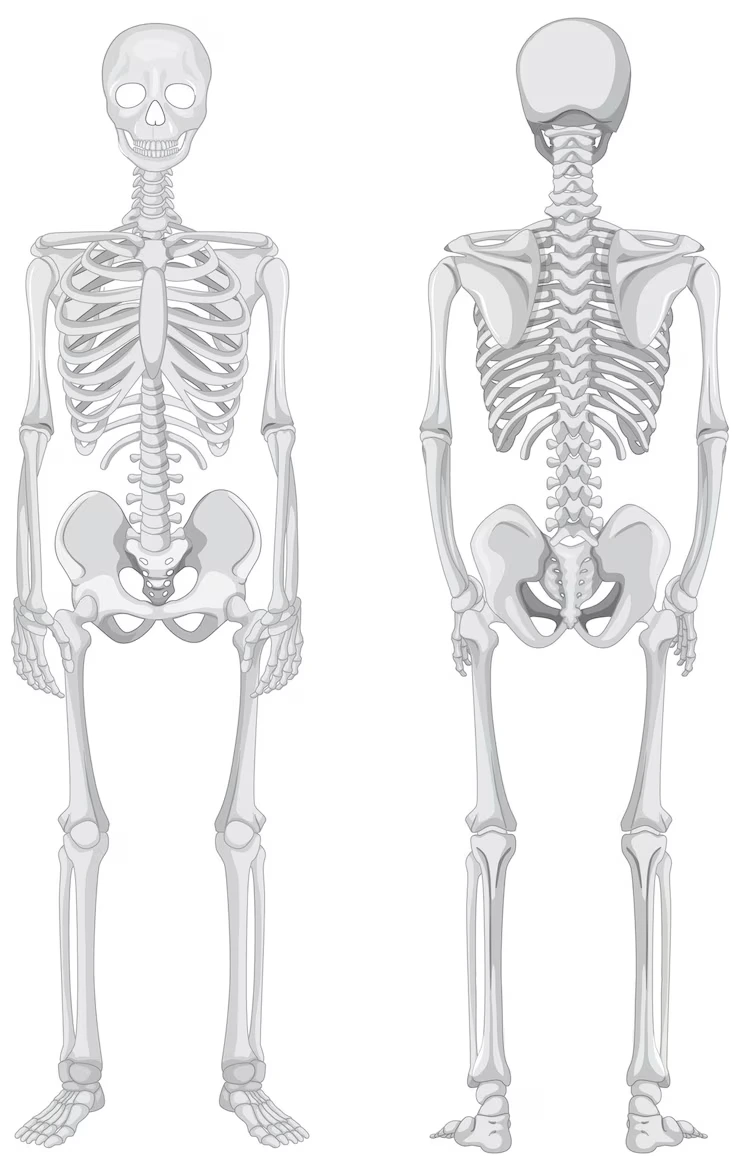
The skeletal system includes 206 bones in adults and constitutes around 15% of body weight. Far more than a rigid framework, bones support body structure, protect vital organs, anchor muscles, and enable movement. They also serve as reservoirs for minerals like calcium and phosphorus and house bone marrow, where blood cells are produced. Bone tissue is dynamic—constantly being broken down and rebuilt.
The largest bone is the femur (thigh bone), and the smallest is the stapes in the ear. Bones are living tissues that respond to physical stress, aging, and nutrition, playing an integral role in both movement and systemic health.
10. Pancreas
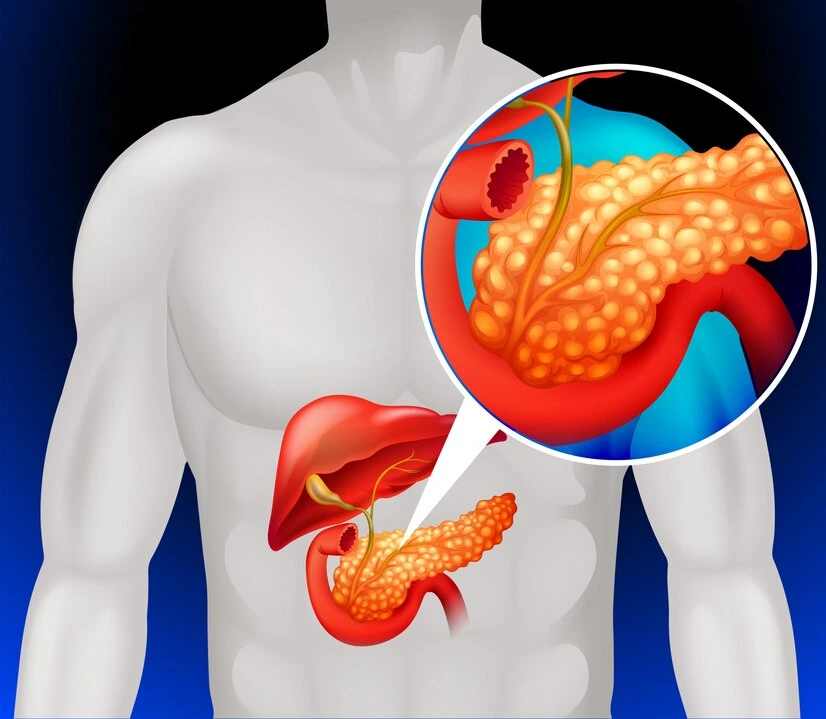
The pancreas is a soft, elongated organ located behind the stomach and plays dual roles in the digestive and endocrine systems. It weighs about 70–100 grams but is essential for regulating blood sugar and digesting food. It secretes insulin and glucagon—hormones that control glucose metabolism. As an exocrine gland, it produces digestive enzymes that break down fats, proteins, and carbohydrates in the small intestine. Damage or dysfunction of the pancreas can lead to serious conditions like diabetes or pancreatitis. Despite its small size, the pancreas is a powerhouse of regulation and digestion, crucial for both immediate and long-term health.
Conclusion
In conclusion, the human body is a complex system of organs, each playing a vital role in our survival. From the largest organs like the skin and lungs to the smallest like the pancreas, every organ contributes to the body’s survival and well-being.
Understanding the functions and roles of these organs can help us appreciate the complexity of the human body and the importance of maintaining a healthy lifestyle. So, always take care of your body and health.
Frequently Asked Questions
What are the top 10 largest organs in the human body?
The top 10 largest organs in the human body are skin, liver, brain, lungs, heart, kidneys, intestines, muscles, bones, and pancreas.
What is the largest organ in the human body?
The largest organ in the human body is the skin.
What is the second largest organ in the human body?
The second largest organ in the human body is the liver.
Which is the smallest organ in the human body?
The smallest organ in the human body is the pineal gland.
How many organs are there in the human body?
There are 75-80 organs in the human body.
Feeling overwhelmed with study notes?
Too much to read, not enough time?
Meet Study Friend — your AI-powered study buddy.
It creates flashcards, mind maps, and quick facts from any topic in seconds.
📲 Download Study Friend NowStudy less, score more.